Content
What is oxygen concentrator?
When will you use the oxygen concentrator?
How many types of the oxygen concentrator are in market and reliable to use?
Working principle of oxygen concentrator
How to install and set-up an oxygen concentrator?
General maintenance
1. What is oxygen concentrator?
An oxygen concentrator is a medical device that supplies oxygen-rich products by selectively removing nitrogen to concentrate oxygen from gases (usually ambient air) . It can help people with low levels of oxygen in their blood to provide more oxygen and keep them healthy. They are powered by plugging the device into a power outlet or using a battery. If you use a battery, you need to plug it into a power outlet to recharge. Most concentrators come with adapters so you can use the device while driving. These concentrators run on electricity and thus provide an unlimited amount of oxygen.
2. When will you use the oxygen concentrator?
An oxygen concentrator is a medical device that gives you extra oxygen. If your health is causing your oxygen level to be too low, your doctor may recommend that you use oxygen. It can help people who have trouble breathing because of diseases such as asthma.
When you don’t get enough oxygen, you experience a range of symptoms of hypoxia, including
- rapid breathing.
- shortness of breath.
- fast heart rate.
- coughing or wheezing.
- sweating.
- confusion.
- changes in the color of your skin.
3. How many types of the oxygen concentrator are in market and reliable to use?
The Best Portable Oxygen Concentrators of 2022
Best Overall: Inogen One G3
Best Continuous Flow: Philips Respironics SimplyGo
Best Small: Airsep Freestyle 3
Best Battery Operated: SeQual Eclipse 5
Best Pulse Flow: Precision Medical EasyPulse
Best Lightweight: Airsep Focus
Best Multi-System Delivery: Invacare Platinum
Best for High Altitude and Traveling: Oxlife Independence
The Best Home Oxygen Concentrators of 2022
Inogen At Home Stationary Oxygen Concentrator
Philips Respironics Everflo Oxygen Concentrator
Drive DeVilbiss 10L Oxygen Concentrator
Philips Respironics Millennium M10 Oxygen Concentrator
| Type | Pros | Cons |
Inogen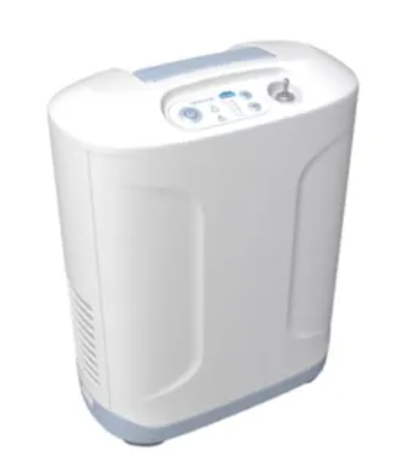 | Quiet Light weight Low maintenance | Battery life varies depening on flow settings |
Philips Respironics Everflo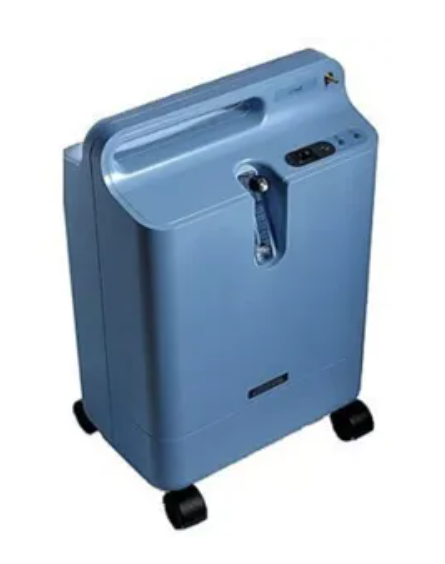 | Energy efficientIncludes Oxygen Percentage Indicator (OPI)Easy to transport | Some noise issues reported |
Drive DeVilbiss 10L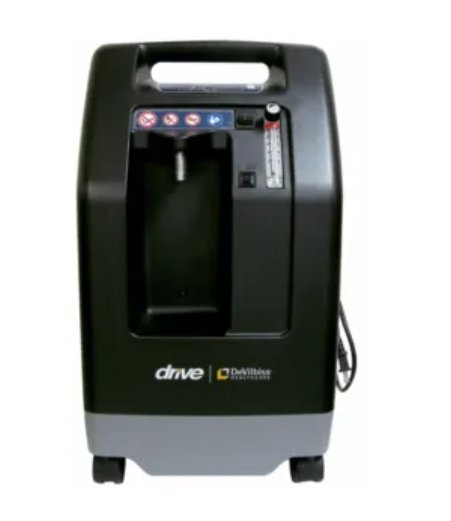 | Includes exclusive sensing technologyUp to 96% oxygen purityFlow Rate up to 10 LPM | Heavier than competitors |
Philips Respironics Millennium M10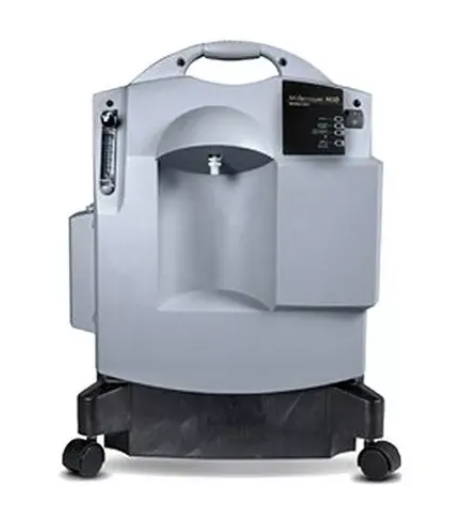 | Minimal maintenanceFlow Rate up to 10 LPMOxygen Purity Indicator | Heaviest amongst products mentioned in this blog |
4. Working principle of oxygen concentrator
The 5 Step Concentrator Process:
- Takes air from the room.
- Compresses the oxygen.
- Takes out nitrogen from the air.
- Adjusts the way the air is delivered.
- Delivers the purified air.
5. How to install and set-up an oxygen concentrator?
The oxygen concentrator consists:
- Compressor
- sieve bed filter
- oxygen tank
- solenoid valve
- pressure valve
- nasal cannula (or oxygen mask). Like an oxygen cylinder or tank, a concentrator supplies oxygen to a patient via a mask or nasal tubes.
Why oxygenator valves should be replaced regularly?
Installation of the device is simple and easy to use. As most of the products in the market have similar specifications may add one or more components as per the product specification.
Procedure to set-up
1. Remove the safety belt from the bottom.
2. Place the oxygen concentrator near the power socket and place it where it is easy to use.
3. Wash (warm water) the filter resembles in black color and fit it into the device.
4. Fill the humidifier bottle with warm water till the indicated marker.
5. Place the humidifier bottle at the bottle place and connect it to the machine nozzle.
6. Attache oxygen cannula to humidifier bottle. (Note: the different machine has a different connector. Please read the manual before proceeding further)
7. To run the machine safely, it should be connected to a stabilizer i.e. 1kv.
8. Once the device is one allow 1-2 minutes for the stabilizer to stable and then a beep sound which will indicate the device is good to go.
9. “On” the oxygen concentrator machine you will find various readings on the display panel.
10. You can set your oxygen pressure as prescribed by the doctor.
6. General maintenance
- 1. Unplug the concentrator before cleaning.
- 2. To avoid electrical shock, DO NOT remove the cabinet during operation.
- 3. Do NOT operate the concentrator without the filters installed.
- 4. Be sure to check the current owner’s manual for any additional instructions.
Weekly maintenance process which takes less than 5 minutes.
– record the type of maintenance being performed, the elapsed operating hours from our meter, and check that the flow meter is set for the prescribed liters per minute flow rate.
– Remove the air filter, located on the back/side of the concentrator cabinet, and Wash it in warm, soapy water, rinse thoroughly with warm tap water and allow it to dry.
How to clean your Oxygen Concentrator?
– Now would be a good time to clean the concentrator cabinet with a damp rag and mild detergent.
Annual inspection
1. Outlet HEPA Filter and compressor Inlet Filer
– To inspect the outlet bacterial filter, first remove the concentrator cabinet.
– Inspect the filter and change it if necessary – if it looks dirty, for instance.
– Just remove the plastic tubing from both ends and replace it with a new filter.
– Then reassemble the concentrator cabinet.
2. Oxygen Concentration levels
– Check the oxygen concentration levels with an oxygen analyzer.
– Verify the concentrator supplies the prescribed level of oxygen, proper concentration percentage and proper air pressure.
– Attach the analyzer to the cannula, or flexible tube, and then the cannula to the concentrator at the oxygen outlet barb to verify the readout for each measurement.
3. Power loss Alarm
– check the power loss alarm.
– Run the concentrator for at least one minute and then unplug the power cord.
– The power loss alarm should sound to indicate it to working properly.
Safety Precaution while using oxygen concentrator at home
1. Keep the oxygen at least 3 meters from any open flame or heat source, such as candles or a gas stove, or from anything that could cause a spark.
2. Do not smoke or let anyone else smoke near the oxygen equipment.
3. Avoid using anything flammable near the oxygen, including petrol,
4. cleaning fluid, and aerosol cans or sprays such as fresheners or hairspray.
6. Do not allow alcoholic solutions, oil, or grease to come into contact with oxygen supply devices. This includes petroleum jelly.
7. Check that all electrical equipment in the vicinity of the oxygen is properly grounded (earthed).
8. Avoid using electrical appliances such as hairdryers and razors while oxygen is in use.
9. Make sure you have smoke alarms in your house.
10. Keep the oxygen equipment clean and dust-free.
11. Always plug your oxygen concentrator into a grounded electrical outlet. Never use an extension cord or power board.
12. As the oxygen concentrator becomes hot when in use, locate it in a well-ventilated area, away from curtains or drapes.
13. Have your oxygen concentrator inspected and serviced regularly according to the supplier’s instructions.
14. Store oxygen cylinders in an upright secure position in a well-ventilated area away from any open flame, heat source, or direct sunlight. Do not cover with cloth or plastic.
15. Handle oxygen equipment with care to avoid damaging cylinders.
16. Secure and transport oxygen cylinders correctly. Check with your state or territory department of transport regarding the transport of oxygen in cars as safety standards may vary from state to state.
17. Use the correct pressure gauge and regulator.
18. When a cylinder is almost empty, close the valve and mark the cylinder as empty. Do not store full and empty cylinders together.
19. If you have been prescribed oxygen 24 hours a day you may need a backup oxygen cylinder. Discuss with your doctor whether this is the case for you.
7. Troubleshooting
Tips on troubleshooting in case your oxygen concentrator start to alarm.
– indicators on the top of the Oxygen Concentrator show the reading behind the alarm.
– if there is a red light something is wrong, and we should shut off the Oxygen Concentrator immediately
-If you get an indicator showing low oxygen, we should ensure plugged in directly into your outlet, not an extension cord weight heavy duty.
-If the still indicator shows low oxygen, we should use the reset button. Replace the molecular sieve if necessary. How to Refill Zeolite in a Home Oxygen Concentrator? How to prolong its life?
– make sure your tubing is not kinked and twisted as it’ll block the oxygen passage.

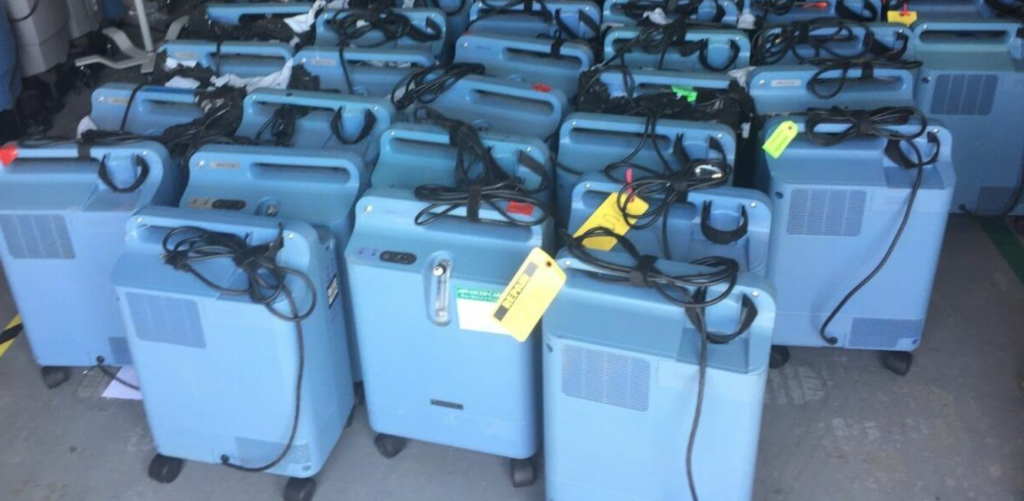
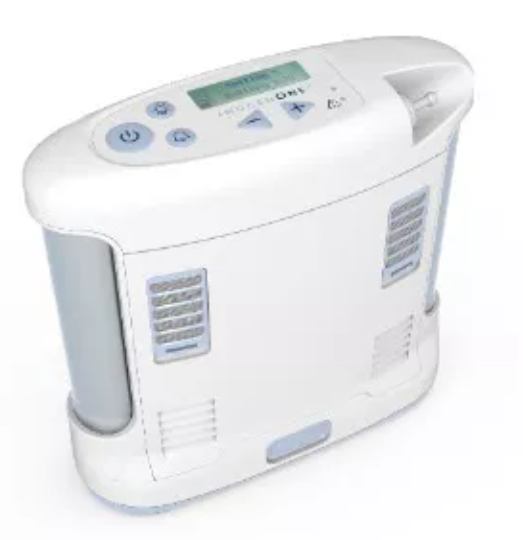
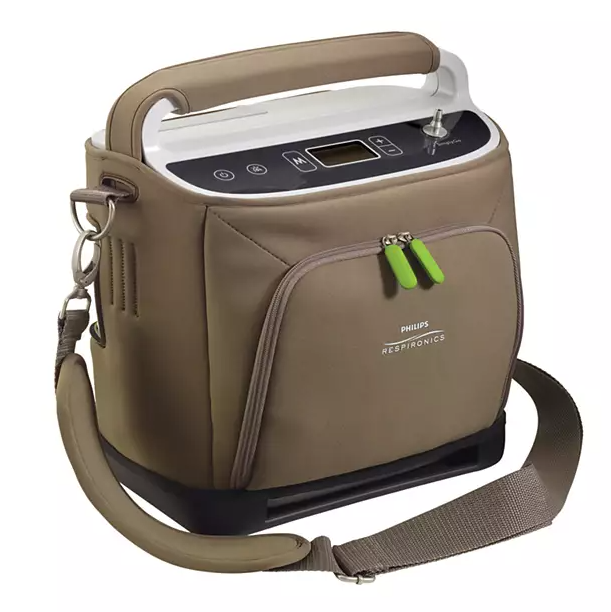
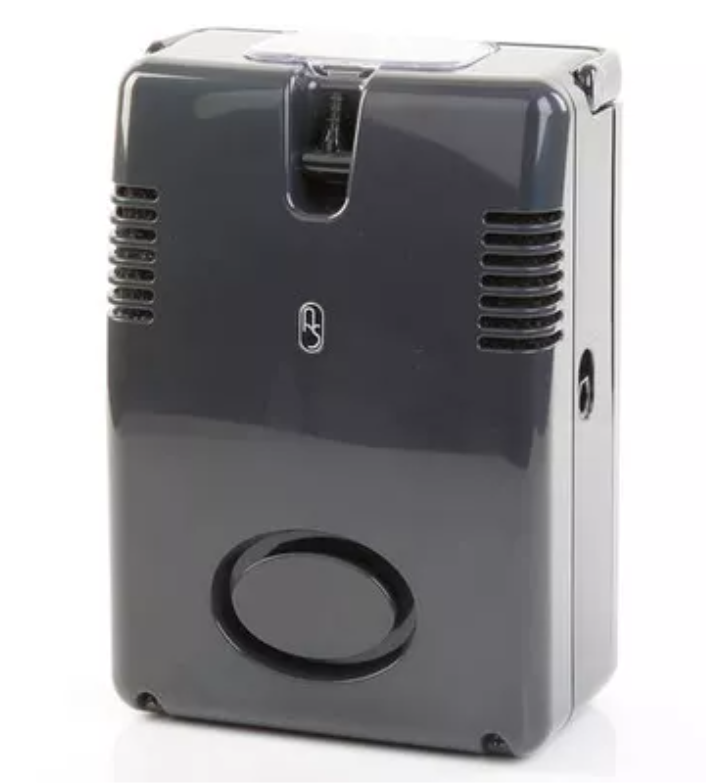
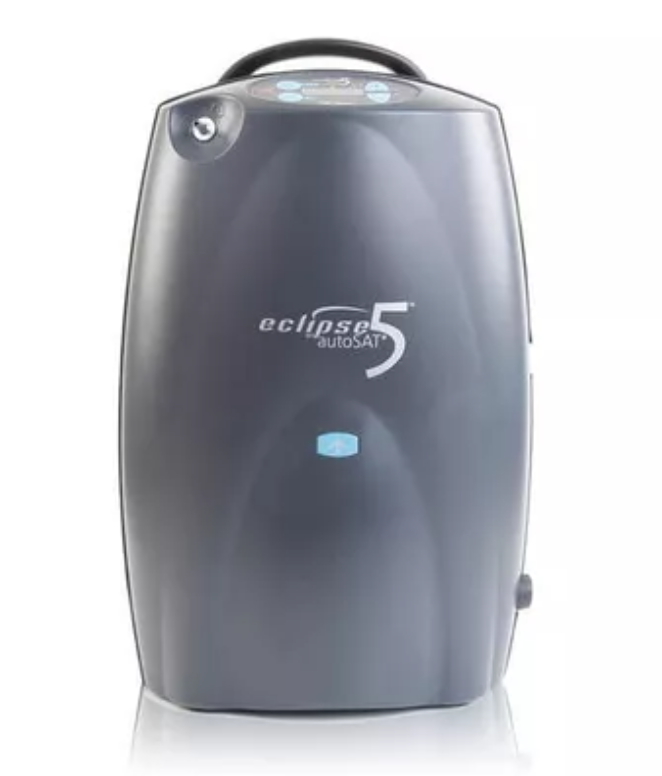
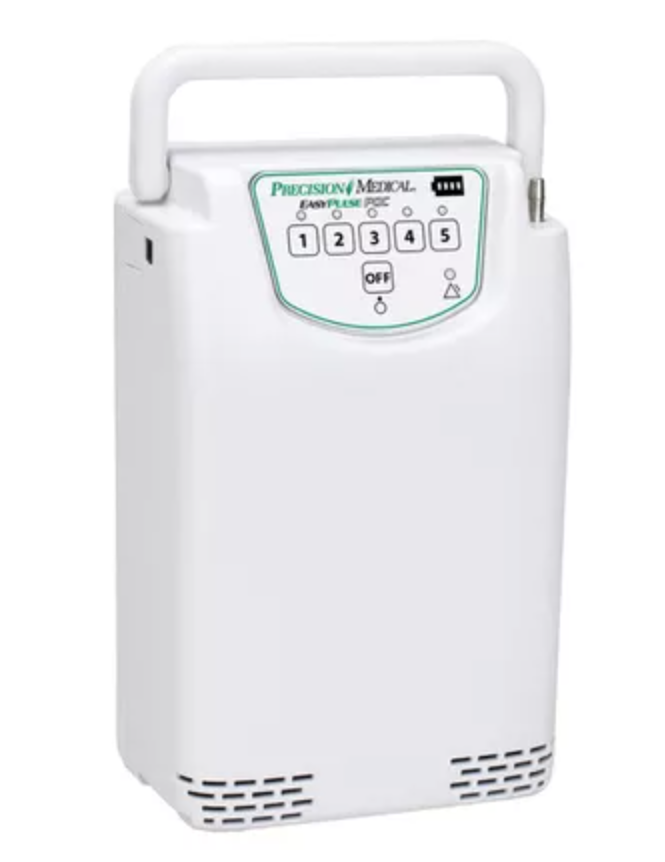
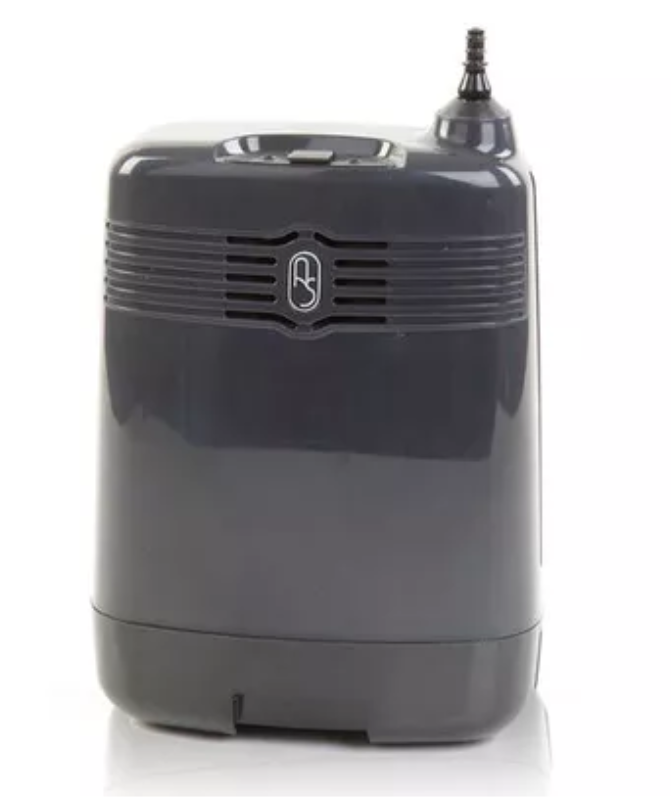

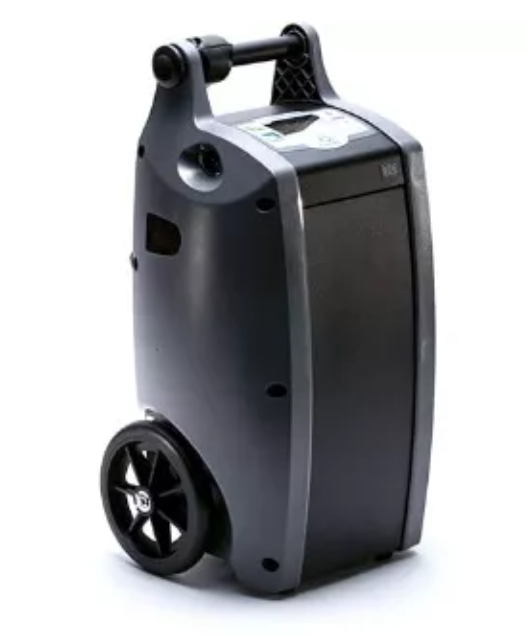



2 Responses
It’s good to know that you should not use it if filters are not installed. My parents are planning on going to a mountain resort in a couple of weeks, and my mom wants to rent an oxygen concentrator since she suffers from altitude sickness. I’ll pass these tips along to her once they find a mountain resort to go to!
Hi Kate Hansen, glad to hear that. This is the meaning of our work, and we hope to help as many people as we can. Thanks.